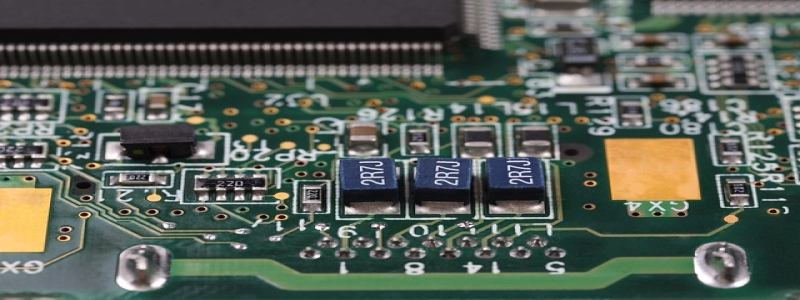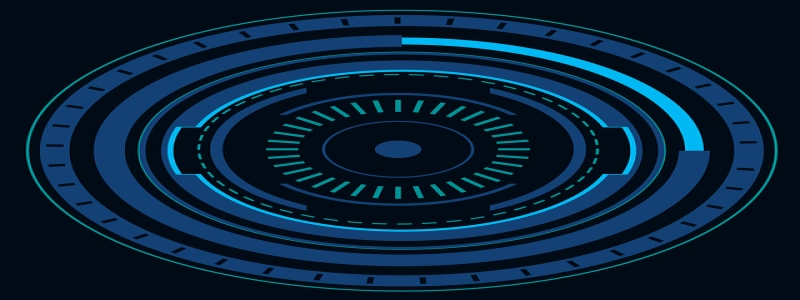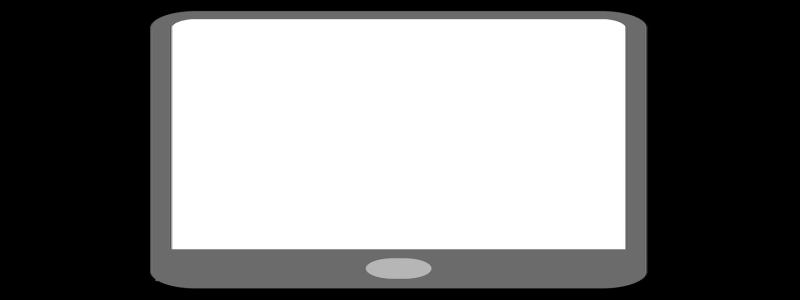Fiber Optic Transceiver Types
Úvod:
Fiber optic transceivers play a crucial role in modern telecommunications networks. They are the key devices that enable the transmission of data over fiber optic cables. V tomto článku, we will explore the different types of fiber optic transceivers and their unique characteristics.
já. Single-Mode Transceivers:
A. Definice: Single-mode transceivers are designed to work with single-mode fiber optic cables. These cables have a smaller core diameter, allowing only a single pathway for light to travel through.
b. Výhody:
i. Longer Transmission Distance: Single-mode transceivers can transmit data over longer distances without signal degradation.
ii. Higher Bandwidth: These transceivers support higher bandwidth, making them suitable for long-haul applications.
iii. Narrower Beam: The narrower beam of single-mode transceivers provides better focus and reduces signal loss during transmission.
C. Aplikace: Single-mode transceivers are commonly used in long-distance communication systems, such as telecommunications networks and enterprise-level data centers.
II. Multi-Mode Transceivers:
A. Definice: Multi-mode transceivers are designed to work with multi-mode fiber optic cables. These cables have a larger core diameter, allowing multiple pathways for light to travel through.
b. Výhody:
i. Lower Cost: Multi-mode transceivers are generally cheaper than single-mode transceivers, making them more cost-effective for short-distance applications.
ii. Easy to Install: These transceivers are easier to install and terminate, as they have a larger core that is more forgiving of alignment errors.
iii. Higher Compatibility: Multi-mode transceivers can be used with a wide range of optical interfaces, making them versatile for different network configurations.
C. Aplikace: Multi-mode transceivers are commonly used in shorter distance applications, such as LAN (Místní síť) connections and data centers that have shorter interconnects.
III. Bi-Directional Transceivers:
A. Definice: Bi-directional (BiDi) transceivers are designed to transmit and receive data over a single fiber optic cable. They use different wavelengths for upstream and downstream transmission, allowing data to be sent and received simultaneously.
b. Výhody:
i. Cost Savings: BiDi transceivers require fewer fiber optic cables, resulting in cost savings during network deployment.
ii. Increased Capacity: By utilizing the same fiber for both upstream and downstream transmission, the overall network capacity can be increased.
iii. Enhanced Flexibility: BiDi transceivers can be easily integrated into existing networks without requiring major infrastructure updates.
C. Aplikace: BiDi transceivers are commonly used in situations where fiber availability is limited or expensive, such as in metropolitan areas or when upgrading existing networks.
Závěr:
Fiber optic transceivers are available in various types, each with its own unique characteristics and applications. By understanding the differences between single-mode, multi-mode, and bi-directional transceivers, network administrators can choose the most suitable transceiver type for their specific communication needs. Whether it’s long-distance transmission, short-distance connectivity, or cost-effective solutions, fiber optic transceivers play a vital role in modern telecommunications networks.








